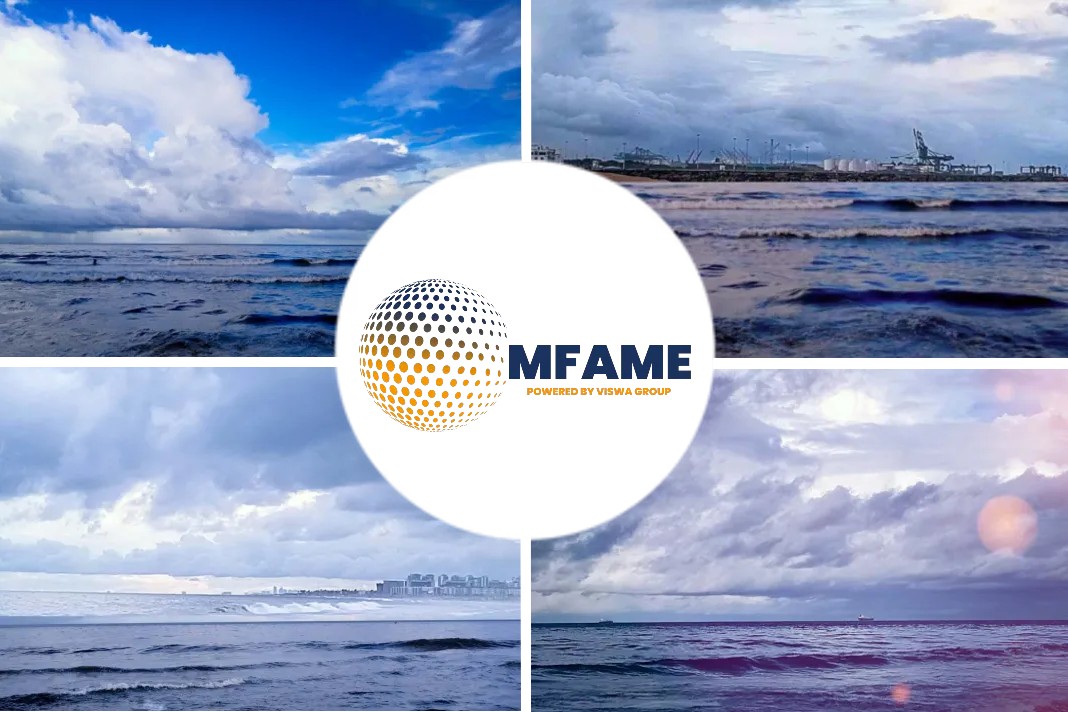
Jiangnan Shipbuilding, a subsidiary of China State Shipbuilding Corporation (CSSC), has signed a contract with Singaporean shipping company Eastern Pacific Shipping (EPS) for the construction of four Very Large Ammonia Carriers (VLAC) with a capacity of 93,000 cubic meters.
Largest Ammonia Carriers
The Chinese shipbuilder said that based on their capacity these will be the largest ammonia carriers in the world. This type of vessel is the preferred option for transporting green ammonia over long distances, but it can also be fully loaded with liquefied petroleum gases, such as propane and butane. The 93,000 cubic meter VLAC design, known as the Panda 93A, is derived from the fourth-generation VLGC model developed and designed by Jiangnan. The ship measures 230 meters in overall length, 36.6 meters in molded breadth, 22.5 meters in molded depth, and has a structural draft of 13.0 meters. It holds a classification from the Lloyd’s Register of Shipping.
In the design of this ship, special attention has been given to the tank design considering that liquid ammonia has a higher density compared to conventional liquefied petroleum gas. The liquid tank has been reinforced to accommodate this difference, ensuring balanced performance during liquid cargo loading with varying specific gravities, the shipbuilder said.
A Promising Alternative
The engine room of this ship is equipped with a mature LPG dual-fuel main engine and a shaft generator, meeting the current carbon emission requirements. Additionally, the company is actively collaborating with main engine and fuel supply system manufacturers for the development of an ammonia fuel main engine. This cooperative effort focuses on nitrous oxide processing, laying the groundwork for the future application of ammonia-powered main engines.
Green ammonia is widely recognized as one of the most promising alternative fuels in the pursuit of zero-carbon shipping. Its utilization as a zero-carbon energy source not only allows ships to comply with more stringent greenhouse gas emission regulations but also enables them to achieve the ultimate emission reduction target set for 2050. With the latest order, Jiangnan Shipbuilding’s total VLGC order count stands at 52. With 17 orders currently in hand, the company commands an impressive 23% global market share in the VLGC sector.
Did you subscribe to our newsletter?
It’s free! Click here to subscribe!
Source: Offshoreenergy


















